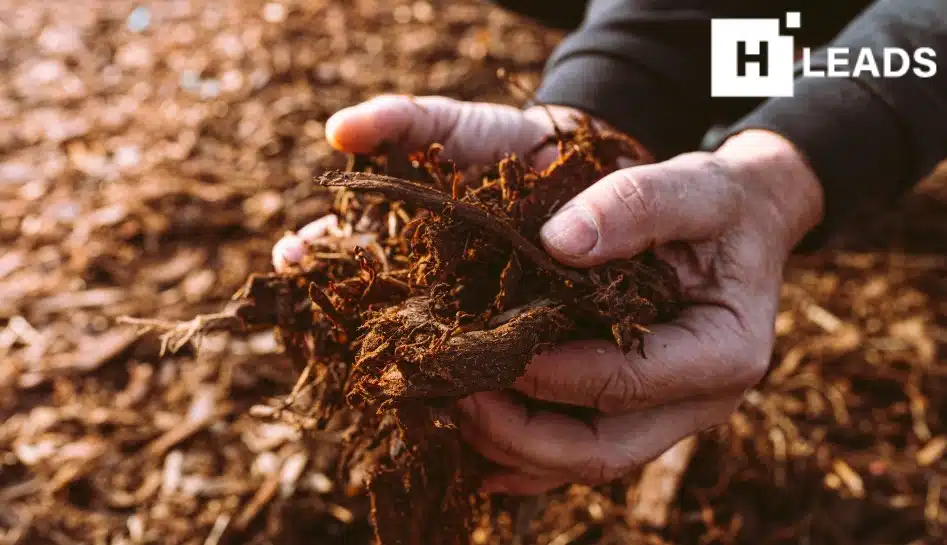200 000 hectares of land are cleared for tobacco cultivation each year, which is equivalent to the size of Mauritius
Tobacco is grown in over 124 countries taking up 3.2 million hectares of fertile land while a record 349 million people are facing acute food insecurity.
According to the World Health Organisation report ‘Grow Food Not Tobacco,’ the land is diverted to support the production of a crop that kills over 8 million people every year, erodes the economy and damages the environment.
Globally, 79 countries are facing acute food insecurity and the majority are low- and middle-income countries, and over 30 are on the African continent.
“Tobacco growing compounds the food security issues faced by these countries – scarce arable land is not being used to grow much needed food crops, and forests are also being destroyed to create room for tobacco production, as well as to provide fuel needed for curing the tobacco leaves,” the report reads.
Brazil, China and India account for over 55 percent of global tobacco production. The other countries in the top 10 are Indonesia, Malawi, Mozambique, Türkiye, United Republic of Tanzania, United States of America and Zimbabwe.
Targeting African land
In high-income countries, tobacco growing has decreased over time despite government support and subsidies for tobacco production. In recent decades, transnational tobacco corporations have lowered production costs by moving tobacco leaf production to low-income countries.
Tobacco companies are therefore increasingly targeting these settings, particularly African countries, to scale-up tobacco leaf production.
From 2005 to 2020, the area under tobacco cultivation decreased globally by 15.8 percent, while in Africa it increased by 19.8 percent. East Africa accounts for 88.5 percent of tobacco leaf production while northern African countries have little or no role in tobacco production, though they have significant trade volumes in the import of tobacco leaf and cigarettes.
Deforestation
Tobacco farming accounts for about 5 percent of total deforestation, further contributing to CO2 emissions and climate change.
“To make space for tobacco crops, trees must be cut down and land cleared. It takes roughly one tree to make 300 cigarettes. This leads to desertification and hunger as there is limited fertile land to grow food in some of these regions. Approximately 200 000 hectares of land are cleared for tobacco cultivation and curing each year, which is equivalent to the size of Mauritius,” the report reads.
Tobacco farming
Tobacco farming is labour-intensive and exposes farmers and their families to severe health risks. As many as one in four tobacco farmers are affected by green tobacco sickness. The disease is caused by nicotine absorbed through the skin when handling tobacco leaves, which is then distributed throughout the body.
Some of the symptoms include reflex vomiting, dizziness, headaches, abdominal pain and breathlessness, which last 1–3 days on average. The disease is particularly prevalent among younger Asian and South American tobacco farmers owing to higher nicotine sensitivity, in addition to humid conditions which increase absorption through the skin.
Tobacco farmers also inhale large amounts of tobacco smoke during the curing process, which increases the risk of chronic lung conditions and other health issues
Child Labour in tobacco farming
An estimated 1.3 million children globally participate in tobacco farming practices. Children from poor households miss school to support their families’ tobacco farming practices. These tasks often include mixing and applying pesticides, harvesting tobacco leaves by hand and tying them to sticks to dry, and sorting and classifying dried tobacco, thereby exposing children to both harmful chemicals and nicotine.
Also read : No, e-cigarettes are neither 95% less harmful than tobacco nor do they cut exposure to carcinogens


















Add Comment